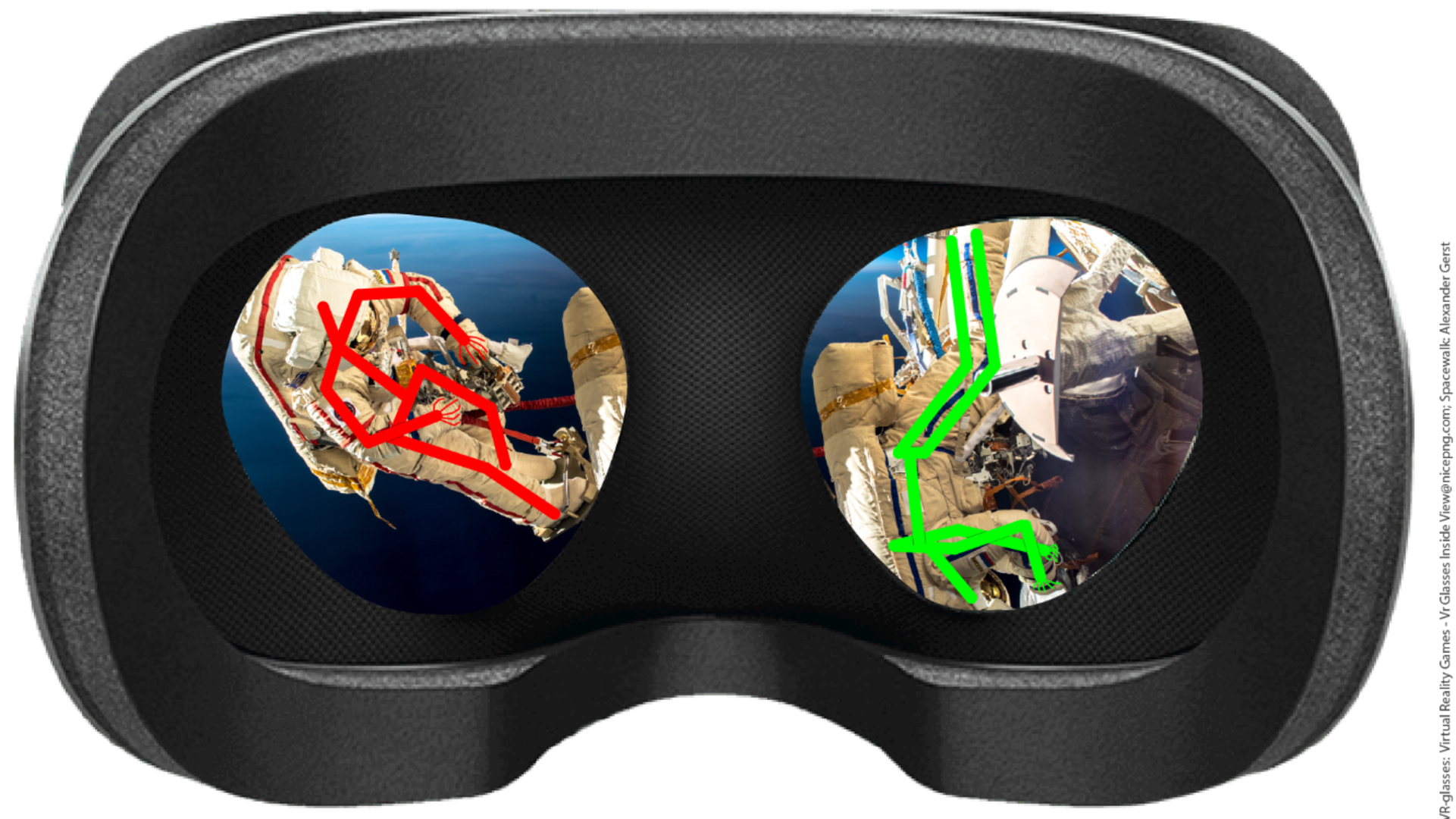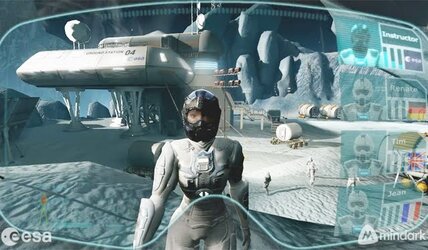ESA brings sci-fi-inspired extended reality to space
Virtual and augmented reality have increasingly been used for fun over the past few years. But in science fiction, these 'extended reality' (or XR) technologies are more than fun – they are actively used in character’s daily lives. Now with seven new projects boosting human-machine interfaces, ESA is aiming to bridge this gap and develop for space the XR applications we are familiar with from science fiction.
XR technologies change the way that humans perceive the world around them. ESA is interested in how they can enhance other space technologies to improve how we build spacecraft, train astronauts and operate distant missions.
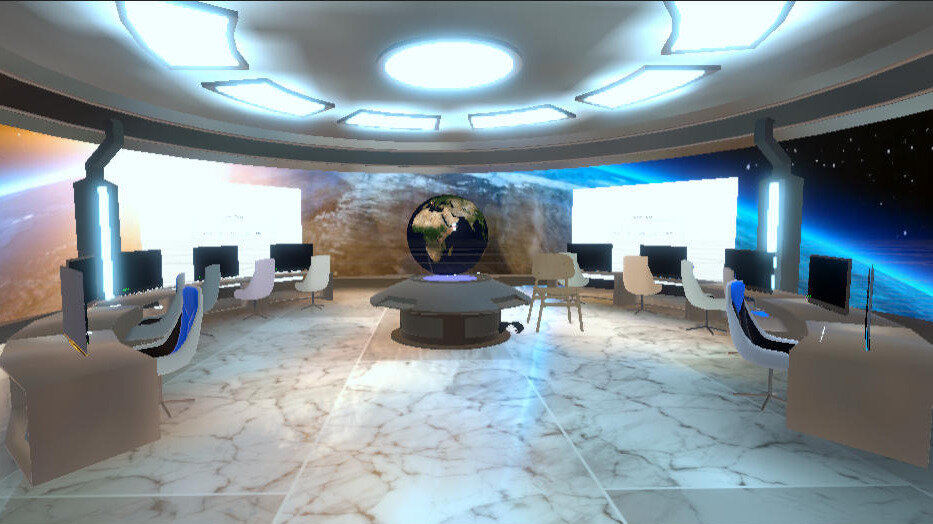
Some of the seven projects focus on improving the ability of astronauts to work in space – through, for example, more realistic training or artificial sounds that fill the silence of space. Others will generate a virtual Mars, develop a system to create avatars, design a virtual mission control room, and generate photorealistic XR environments to improve our ability to operate instruments and rovers remotely.
More information about all the projects can be found here.
"We hope that with these projects we can take a step towards the ideal use cases that we all know from the movies," says ESA's David Martinez Oliveira, who is following the projects.
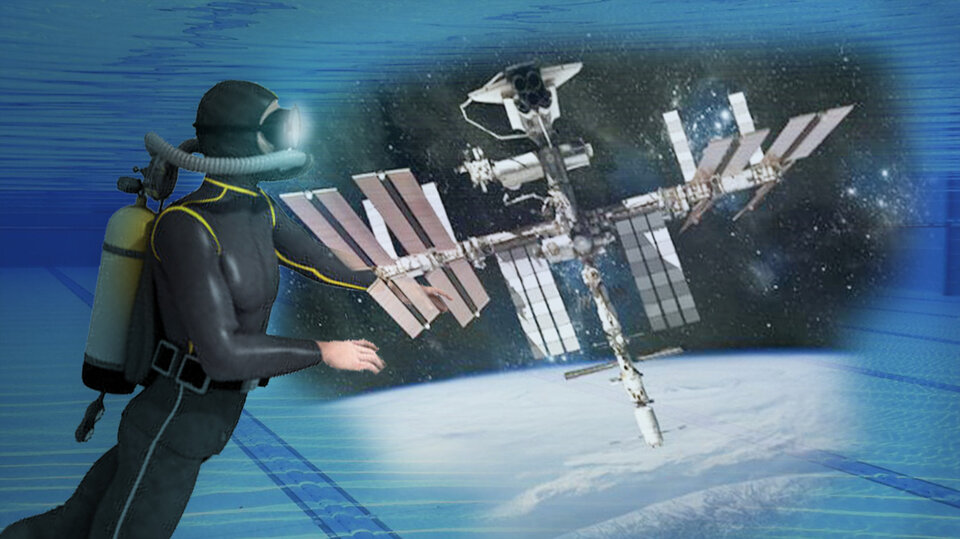
The projects were selected through a call for ideas run by the Discovery element of ESA's Basic Activities through ESA's Open Space Innovation Platform (OSIP). The Discovery element is now providing funding to industry and academia to implement the best projects over the next months.
"We were really happy with the quality and diversity of the 36 ideas we received, which covered most of the use cases we were targeting," continues David, who also ran the call for ideas.
The ideas were evaluated by a team of experts and the most innovative were invited to be matured into proposals, out of which the best were retained for funding. These include projects from Finland, Germany and Switzerland.

"The ideas that we selected were all very novel. We hope that they take us to the next stage in the XR applications we are interested in."
In implementing Agenda 2025, one of ESA's current focuses is to boost commercialisation for a green and digital Europe. By funding these activities, ESA Discovery is contributing to a more vibrant and dynamic commercial space ecosystem to create a digital transformation in the way we work. Digitalising processes can make them more cost-efficient, safe and effective, resulting in better value for money with lower environmental impact.
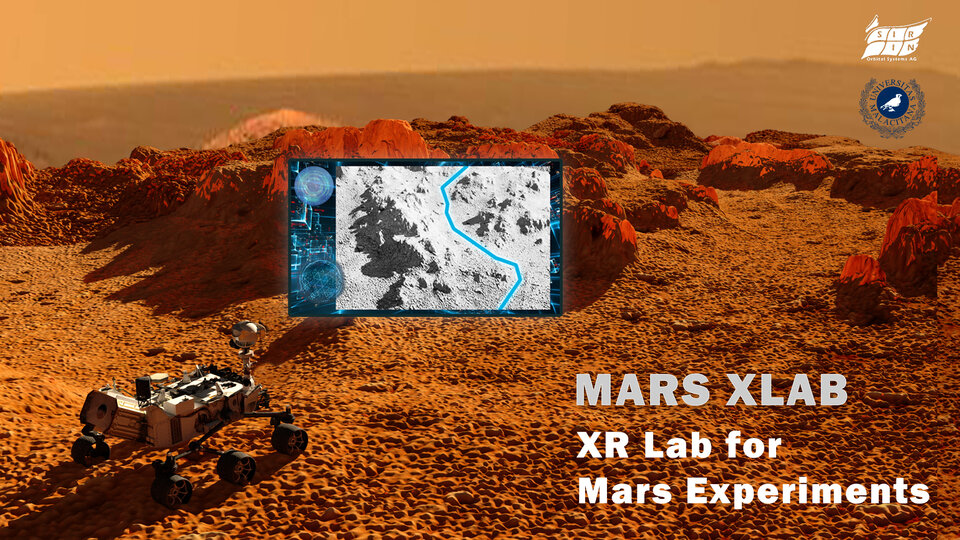
Developing new XR technologies for four key applications – training, maintenance, design and telepresence – is an important part of this digitalisation approach. By improving the way that information is accessed and used, XR will support ESA's broad range of activities.
"At this stage, we consider XR technologies as enhancing technologies rather than enabling technologies, which need to be developed and integrated together with other technologies. This will support how missions are conceived, developed and operated."















 Germany
Germany
 Austria
Austria
 Belgium
Belgium
 Denmark
Denmark
 Spain
Spain
 Estonia
Estonia
 Finland
Finland
 France
France
 Greece
Greece
 Hungary
Hungary
 Ireland
Ireland
 Italy
Italy
 Luxembourg
Luxembourg
 Norway
Norway
 The Netherlands
The Netherlands
 Poland
Poland
 Portugal
Portugal
 Czechia
Czechia
 Romania
Romania
 United Kingdom
United Kingdom
 Slovenia
Slovenia
 Sweden
Sweden
 Switzerland
Switzerland


























